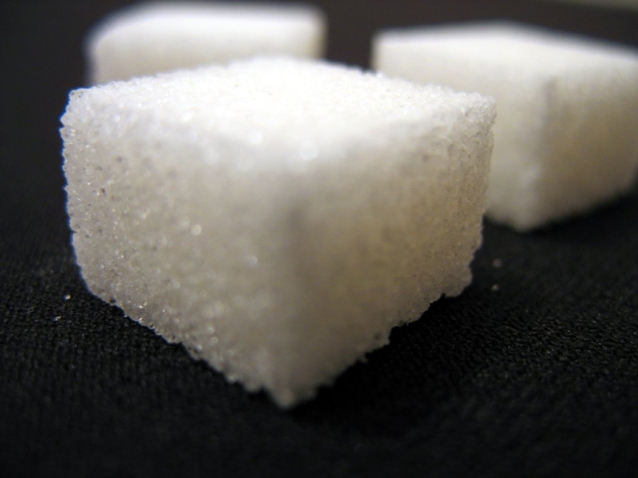 “Sugar War Reignites in Europe” read the title of an article published last month by Il Sole 24 Ore, Italy’s leading financial daily.
“Sugar War Reignites in Europe” read the title of an article published last month by Il Sole 24 Ore, Italy’s leading financial daily.
The paper was among the first to report on negotiations that took place in March between the European alcoholic beverage lobby and the European Commission.
According to a post published the following week by Reuters, “Europe’s drinks sector announced plans [in March] to inform consumers more about the energy content and ingredients in beer, wine and spirits in a self-policing move, but critics said much of this information would only be available online.”
But the inclusion of sugar as an ingredient and how ingredients will be listed remain a contentious issue. According to the Italian report, northern European wine growers (German, Austria, France) insist that sugar, even when added to boost alcohol content (a process known as chaptalization), is not an ingredient because the sugar is transformed into alcohol. Mediterranean growers, on the other hand, want sugar to be included.
Chaptalization is legal in the EU although it is forbidden in Italy. But some believe, as the author of the Sole 24 Ore piece notes, the practice is still employed illicitly. Some readers may be old enough to remember the chaptalization scandal that emerged in Piedmont in the early 1980s, involving one of the region’s most prominent winemakers.
The Sole 24 Ore article includes a quote from Roberto Moncalvo, president of Coldiretti, Italy’s national federation of food growers, one of the country’s most powerful food and wine advocacy groups.
“We need to expose the addition of sugar on wine labels,” he told the paper.
“The revision of labeling norms, including nutritional values and ingredients, needs to be adopted in order to allow consumers to know, finally, if the wine they are drinking was produced with the addition of sugar. Hiding this information misleads consumers and creates unfair competition for producers who don’t resort to sugaring [chaptalization].”
As the Reuters piece notes, the EU’s alcoholic beverage sector has agreed to draft and implement new labeling guidelines. But it’s not clear that northern and Mediterranean countries will agree on how (and where, whether or the label itself or online via QR code) sugar will be listed as an ingredient.
Image via Uwe Hermann’s Flickr (Creative Commons).

¿How about dosage?
If this goes through, and it looks like it will, it could force sparkling wine makers to publish the amount of sugar used to top off their wines. That’s not going to go over well! At least with the producers…
Pingback: Wine Blog Daily Friday 4/6/18 | Edible Arts
With most of the last dozen or more vintages being hotter — and harvested earlier — is this widespread? One would think at this point, too much alcohol would be the problem.
Pingback: Wine News: What I'm Reading the Week of 4/8/18 - Vinography: A Wine Blog
Pingback: Terroirist: A Daily Wine Blog » Daily Wine News: Dos and Don’ts
Pingback: Liquor Industry News/Links 04-16-18 | Franklin Liquors